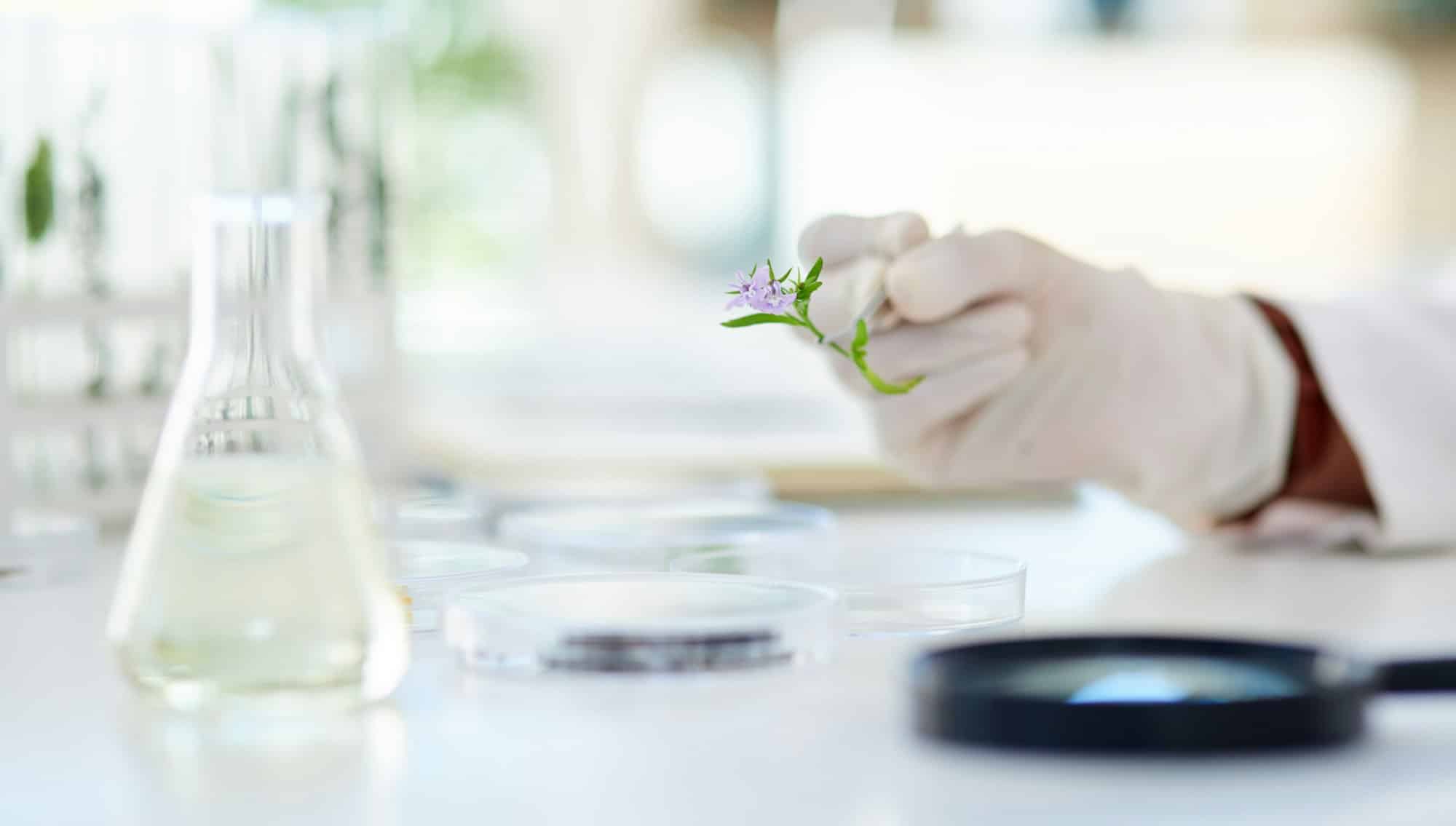How to Create a Backyard Wildlife Habitat with Indigenous Plants?

Creating a thriving, vibrant backyard wildlife habitat is a rewarding and sustainable way to enhance your garden or yard. It is about more than just cultivating pretty plants. It is about creating a sustainable environment where native wildlife species can thrive. Regardless of whether you own a sprawling estate or just a small patch of green, you can contribute to the conservation and protection of local ecosystems by transforming your backyard into a wildlife sanctuary. This article will guide you through the process of creating a habitat with indigenous plants that invite birds, butterflies and other wildlife into your yard.
Choosing the Right Native Plants
Before you dive into the process of creating your backyard wildlife habitat, it’s essential to understand the importance of native plants. Native plants are those that naturally occur in a particular region or ecosystem, without human intervention. These plants are adapted to local soil, climate conditions, and co-evolved with local wildlife, providing the food and shelter they need.
A lire également : How to Set Up a Solar-Powered Water Heating System for a Family Home?
Start by researching which plants are indigenous to your area. Local garden centers, extension services or botanic gardens can be excellent resources for this. Look for plants that fulfill the needs of your local wildlife. Do they provide nourishing food like berries, nectar, or seeds? Do they offer shelter or nesting sites?
Remember to opt for a variety of plants, including trees, shrubs, and herbaceous plants, to provide diverse food and shelter options for different species. For instance, berry-producing shrubs can attract birds while flowering plants can attract butterflies and other pollinators.
Avez-vous vu cela : What's the Best Strategy for Integrating Smart Sensors for Energy Efficiency?
Incorporating Water Features
Water is a crucial element in any wildlife habitat. Birds, insects, and other wildlife require water for drinking and bathing. Adding a water feature to your backyard, like a pond, birdbath, or even a shallow dish of water, can significantly enhance the attractiveness of your habitat.
If you're adding a pond, consider using native aquatic plants and avoiding fish, as they can eat some types of wildlife. Keep the water fresh and clean, changing it regularly to prevent mosquitos and other pests. If your climate permits, a small waterfall or fountain can provide both water and pleasant ambient noise, attracting more wildlife to your garden.
Creating Shelter and Nesting Sites
Wildlife needs shelter to hide from predators, escape from harsh weather, and have a safe place to raise their young. You can create shelter in your garden by using a combination of trees, shrubs, and ground cover plants. Dead trees, also known as snags, can be particularly valuable, providing shelter for insects, birds, and other animals.
Nest boxes are another excellent way to encourage wildlife into your backyard. Birds, bats, and insects will all appreciate these shelters. Ensure you're using appropriate materials and designs to attract the species native to your area. Remember to place the nest boxes in quiet, sheltered areas to avoid disturbance from humans and predators.
Implementing Natural Food Sources
While it's convenient to offer bird feeders or other artificial food sources, they should never replace natural food sources. Native plants play a vital role in providing sustenance for wildlife. They produce various types of food, from nectar to seeds, berries, and nuts, serving the dietary needs of different species throughout the year.
Plant a variety of native species to ensure a continuous food supply. For example, early blooming plants can provide nectar for insects in the spring, while berry-producing shrubs offer food for birds in the late summer and autumn. Don't forget about the importance of decomposing plant matter, like leaf litter, as it can provide habitat and food for beneficial insects.
Promoting a Chemical-Free Garden
Finally, a critical aspect of creating a backyard wildlife habitat is committing to a chemical-free garden. Pesticides, herbicides, and synthetic fertilizers can be harmful to wildlife, even in small amounts. Instead of reaching for a chemical solution when pests appear, consider looking for natural alternatives.
Encourage beneficial insects, which are natural predators for many common pests. Compost your kitchen and garden waste to create a rich, natural fertilizer that will nourish your plants and improve your soil. By avoiding chemicals, you not only create a safer environment for wildlife but also contribute to a healthier, more sustainable ecosystem.
In creating a wildlife habitat in your backyard, you are taking a significant step towards preserving the biodiversity of your local area. It allows you to enjoy the beauty and activity of native wildlife, right in your own yard. Whether you're an avid bird watcher, a butterfly enthusiast, or simply someone who appreciates the natural world, creating a backyard wildlife habitat is a rewarding and enriching endeavor.
Getting Certified by National Wildlife Federation
To further promote and acknowledge your commitment to creating a wildlife habitat, you can get your backyard certified by the National Wildlife Federation (NWF). NWF’s Certified Wildlife Habitat program recognizes individuals and organizations that create and maintain wildlife-friendly environments with native plants.
To qualify, your backyard needs to provide the four essential elements for wildlife survival: food, water, cover, and places to raise young. You must provide at least three types of food sources, like seeds, berries, or nectar, using native plants whenever possible. The needs for water can be met with natural features such as a pond or creek, or man-made ones like a bird bath or a water garden. Wildlife also needs places to hide from predators and harsh weather, which can be achieved with dense shrubs, a wooded area, a meadow or prairie, or roosting boxes. Finally, you are required to offer places for wildlife to raise their young, such as mature trees, meadow or host plants for caterpillars.
Being certified by the NWF not only gives your efforts an official recognition but also helps to spread awareness and inspire others to create their own backyard wildlife habitats. You will receive a personalized certificate, and your habitat will be included in the NWF's national registry, which serves as a valuable resource for other wildlife enthusiasts.
Maintaining Your Wildlife Habitat
Maintaining your backyard wildlife habitat is just as important as creating it. You can't just plant a bunch of native plants and forget about them. Regular care, such as watering, pruning, and monitoring for pests and diseases, is essential. Remember, the goal is to create a balanced ecosystem that is self-sustaining and requires minimal intervention.
Avoid strict garden clean-ups, especially in autumn, as fallen leaves, dead branches, and other plant debris can offer additional shelter and food sources for wildlife. If possible, compost your garden waste to create a natural fertilizer that can enhance soil health and nourish your plants.
Part of the maintenance also involves observing and learning about your backyard's ecosystem. Which native species are showing up? Do some plants or features seem to attract more wildlife than others? Use this knowledge to continually improve your habitat, tailoring it to the needs of your local wildlife.
Conclusion
Creating a backyard wildlife habitat with indigenous plants is more than just landscaping. It's a conscious effort to contribute to the preservation and enhancement of local ecosystems. By providing the necessary resources for wildlife to thrive, you can enjoy the beauty and activity of nature right in your own yard.
Whether you are an expert gardener, a bird watcher, or a butterfly enthusiast, creating a wildlife garden brings a sense of fulfillment and connection with nature. Plus, getting certified by the National Wildlife Federation adds recognition to your efforts and encourages others to follow your lead. Start your journey today and play your part in protecting and preserving the world's biodiversity.
